

Published on: 04/19/2024
This news was posted by Oregon Today News
Description
This past September, Portland’s Breakside Brewery was conducting a strange experiment. Brewers had just returned from a field a half hour south with a sack full of freshly-picked hops.
To fully access the flavors locked up inside tiny yellow glands, the brewers had plunged the hops into a bath of liquid nitrogen. As they stirred them, the soft little flowers, which resemble pinecones, turned to ice and shattered with the sound of breaking glass. They crushed them further in a grinder, collected the shards into a different sack, and plunged it into a vat of waiting beer. The result would become one of the hundreds of IPAs made every year in Oregon, a state that had a lot to do with developing this particular type of beer.
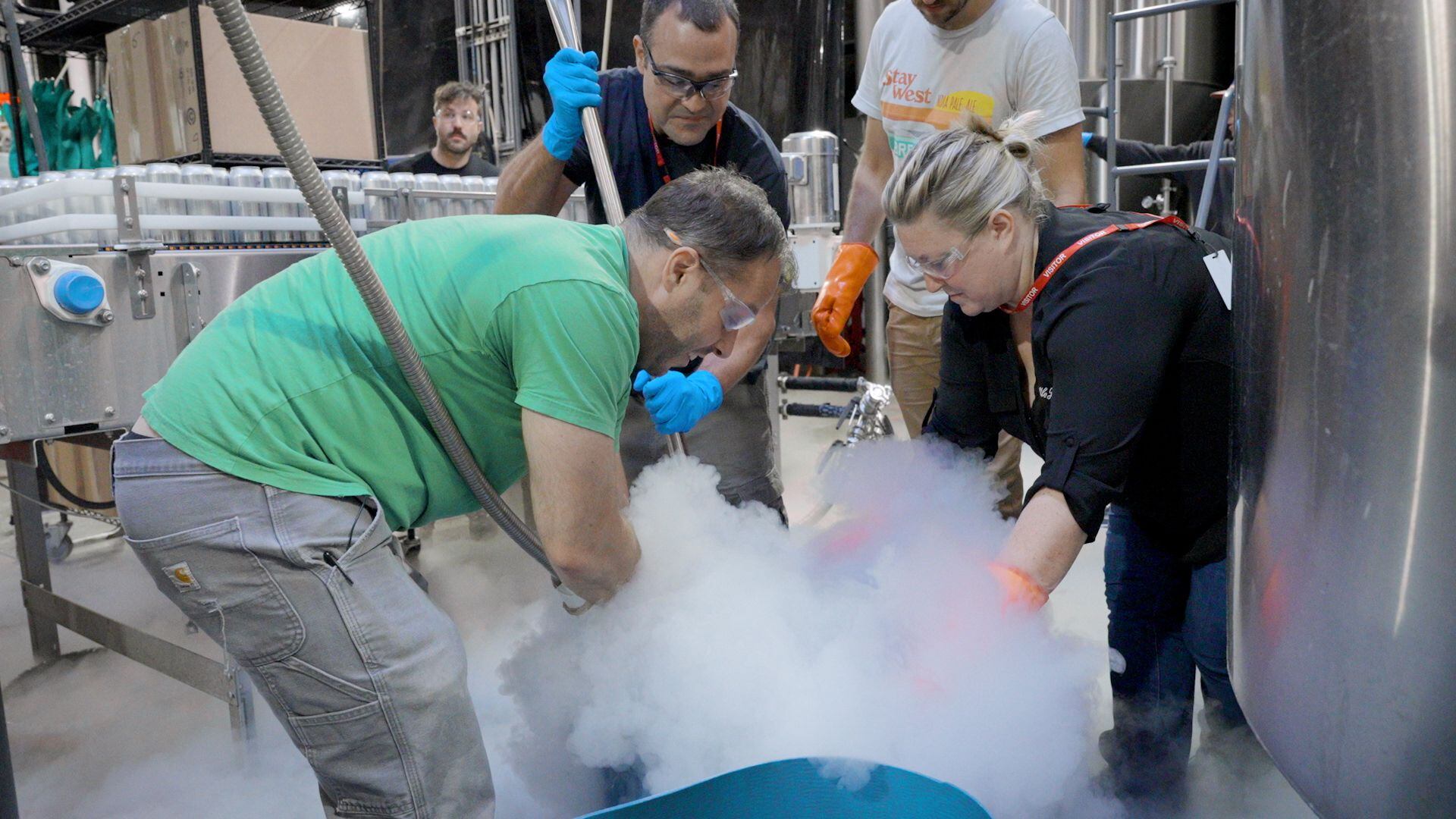
Walk into any brewery or grocery store today and you will see the letters IPA everywhere — that intense, tropical beer has become Oregon’s style. That wasn’t always the case. It turns out that a variety of hop bred in Oregon sparked an entirely new way of making beer and a whole new tradition of American ales.
Oregonians have been growing hops since white settlers brought the crop with them in the 1800s. George Leasure harvested the first commercial crop in Oregon near Eugene in 1869. By 1902, Oregon led the nation in hop production. A number of the largest farms have been around for generations, including the Goschie family. They started growing hops over 100 years ago near Silverton. “Our family came to the valley in 1885,” Gayle Goschie, the third-generation farmer in the family, explained. “In 1904, our grandparents planted the first crop of hops, and it was the first cash crop that came to the valley.”
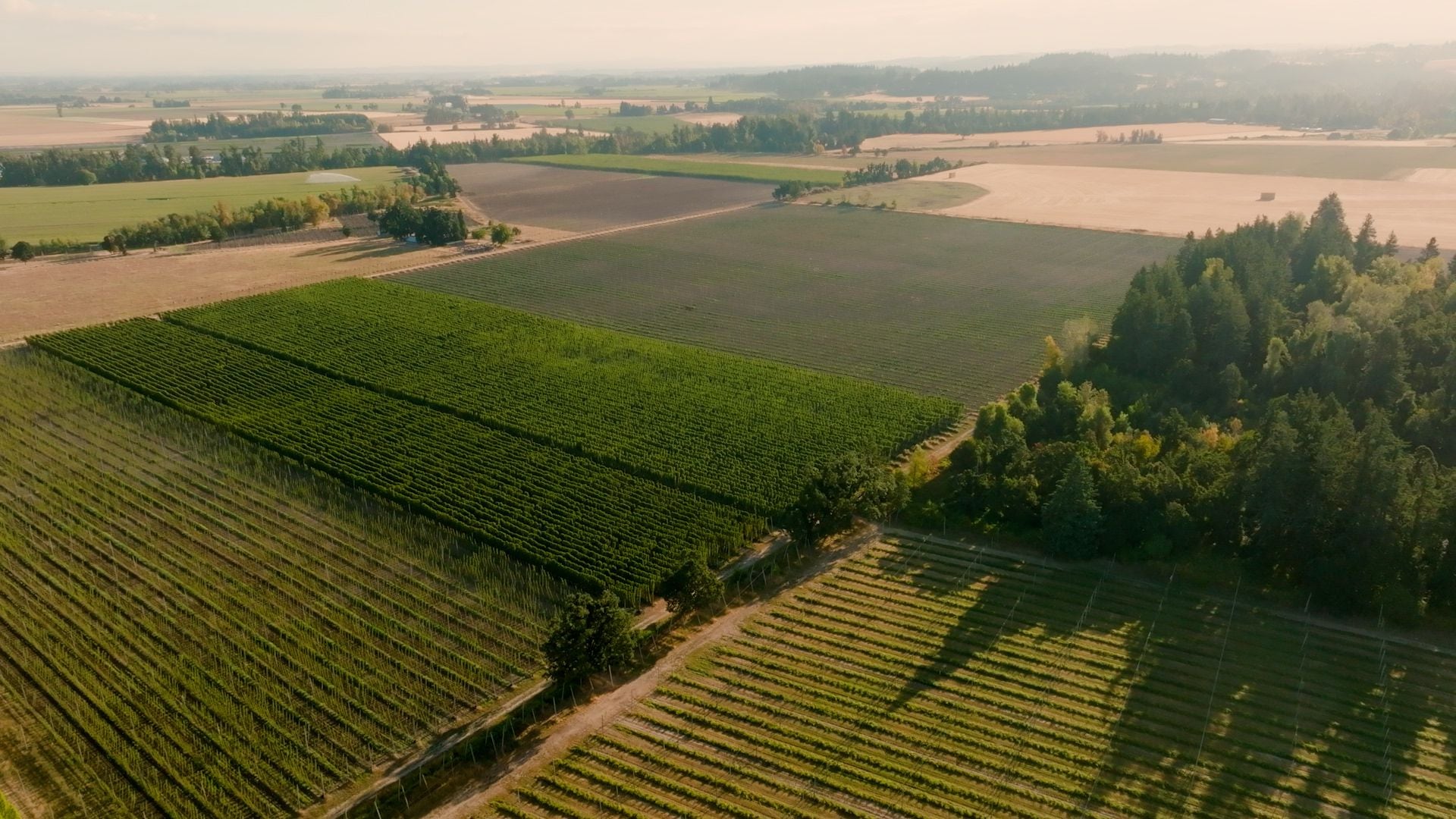
Nearly every commercial hop grown in the U.S. comes from Oregon, Washington, and Idaho, and the United States accounts for nearly half the hops grown in the world. In beer, hops provide a bitterness that adds structure and balances the sweetness of the barley, as well as fruity, floral, or spicy flavors and aromas. They also act as an antimicrobial agent, which is why breweries across Europe started using them 900 years ago.
In the 1950s, a variety called Cluster was the dominant hop grown in the U.S. It was considered inferior, however, so most breweries imported European varieties to add delicate flavors and aromas to their beers.
How Oregon researchers, farmers and brewers want to safeguard beer against climate change
Growers had tried planting European hops in Oregon, but they didn’t taste the same when grown in Oregon, so the U.S. Department of Agriculture initiated a program to develop new types that would grow in the Pacific Northwest.
Hop that causes headache
Oregon State University researchers took up the challenge to find a hop variety that could help U.S. brewers produce the delicate, light flavors they were looking for. John Henning leads the program that is still located on the OSU campus. “In the 1950s,” he said, “a lot of that work really started taking off where they were making lots of crosses and trying to come up with new lines.” In hop breeding, researchers select hops based on their flavor and value, and cross-breed them to create new varieties. The first hop to come out of this program debuted in 1968, and researchers named it Cascade for Oregon’s signature mountain range.
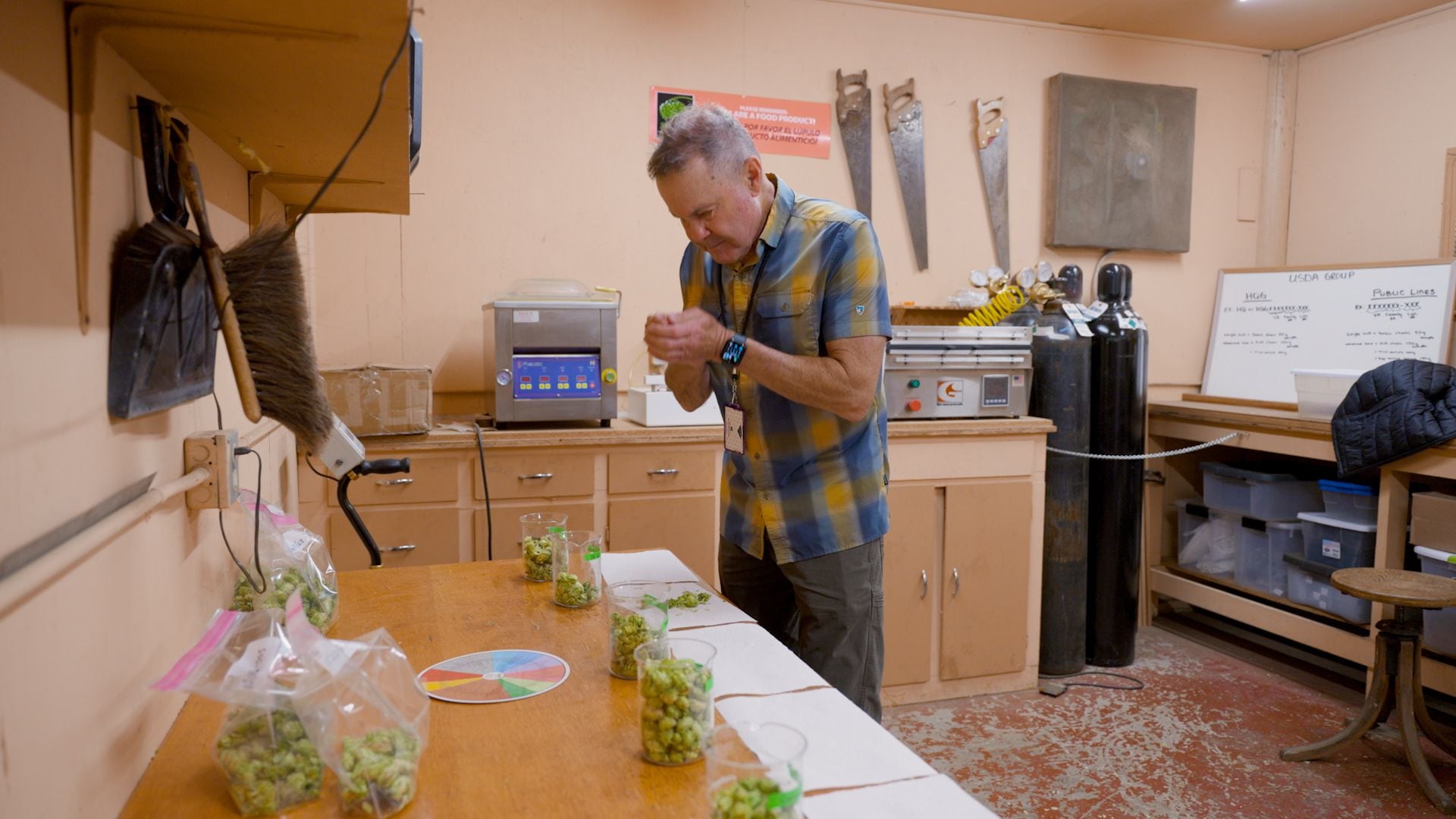
Cascades and the American-bred varieties that followed are now the most prized hops in the world, but that wasn’t true as recently as when Cascades were introduced. That’s because Cascade produced flavors that were anything but delicate.
“The funniest thing was that it was too flavorful for these major breweries,” Henning said. “They’re really looking for that European noble flavor, which is more of a floral, pine, woody sort of flavor.” It was so bad, said Henning, that the head of one of the big breweries developed a headache when he drank a beer with Cascades in it. According to Henning, the brewer said, “We don’t like this. Get this out of my sight. [I] never want to see it in my facility again.” That all changed when craft breweries came along.
Superabundant dispatch: Notes on Northwest foods, the hops harvest and Oregon’s oldest beer
The earliest craft brewers founded their companies because they felt that most of the beer in the U.S. was too bland. They liked Cascade because it was so intense. In Oregon, Widmer Hefeweizen and Deschutes Mirror Pond were built around Cascade’s zingy citrus flavor. As brewing evolved, the intensity of these hops led brewers to start crafting their beers to accentuate rather than downplay them the way domestic lager brewers had.
Making IPAs less bitter
One of the earliest brewers to test the limits of local hops was Teri Fahrendorf, the founding brewer at Eugene’s Steelhead Brewing. When the brewery debuted in January 1991, one of the five beers on tap became a cult classic and a hugely influential beer in the Pacific Northwest — Bombay Bomber — and it was all about the hops.
“It had a pineapple/grapefruit character from the hops, and I like to describe it as a party in your mouth,” Fahrendorf said. “But people were not really ready for the bitterness level, which was not super high. But at the time it was shocking.” It wasn’t Steelhead’s most popular beer, but it was a good seller and it had a huge following among the people who were driving craft beer at the time. “Brewers from California,” she recalled, “would drive up to the Oregon Brewers Festival, and they would all stop in Eugene and they ended up loving my Bombay Bomber IPA, and they would tell each other.”
This was the moment an American approach to brewing was born, one that didn’t resemble the way people made beer in Germany or the U.K. Fahrendorf used a technique in which hops are steeped in finished beer. This method is ubiquitous now, but was far rarer then. Hops contribute bitterness to a beer as well as flavor and aroma, but brewers have to use them in different ways to coax these different qualities out of them. American brewers like Fahrendorf were developing techniques that amped up everything hops could offer.
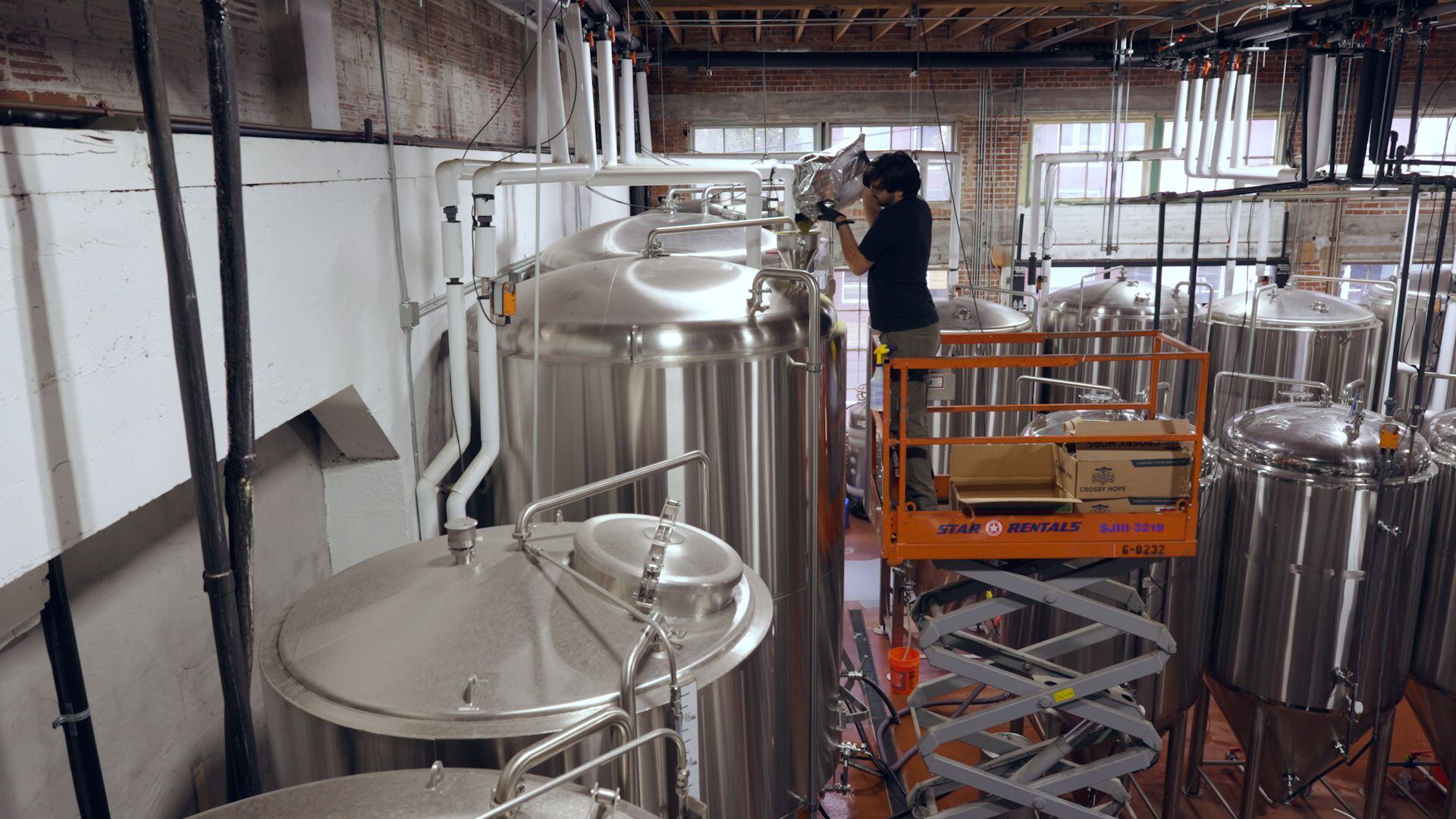
When breweries started adopting hops to prevent spoilage centuries ago, they learned they had to boil them to extract the bitterness. Because of added fuel costs, it was expensive and time-consuming. Americans were using so many hops in their IPAs, they were getting too bitter. They started using fewer and fewer during the boiling process — a break from the way every brewer had done it before. American brewers sprinkle just a few hops in the boil — sometimes none at all — and instead add them later in the process.
The development of American-bred hops began with Cascade and this new style of brewing evolved hand-in-hand, and Oregon led the way.
Seeking unique flavors
Following Bombay Bomber, BridgePort, which shut its doors in 2019, released an acclaimed IPA in 1996, and other breweries followed with their own takes on hop-forward beers. As they became more focused on hops for their beers, brewers spent more time talking to growers. Living Häus’ Mat Sandoval started his career in San Diego, where he couldn’t develop relationships with growers. Now, in Oregon, he can. “That’s been a huge improvement in our ability to choose what styles of hops we want to use for the next year and what exciting stuff might be coming up. We’re actually talking to somebody about it and they’re working on it.”
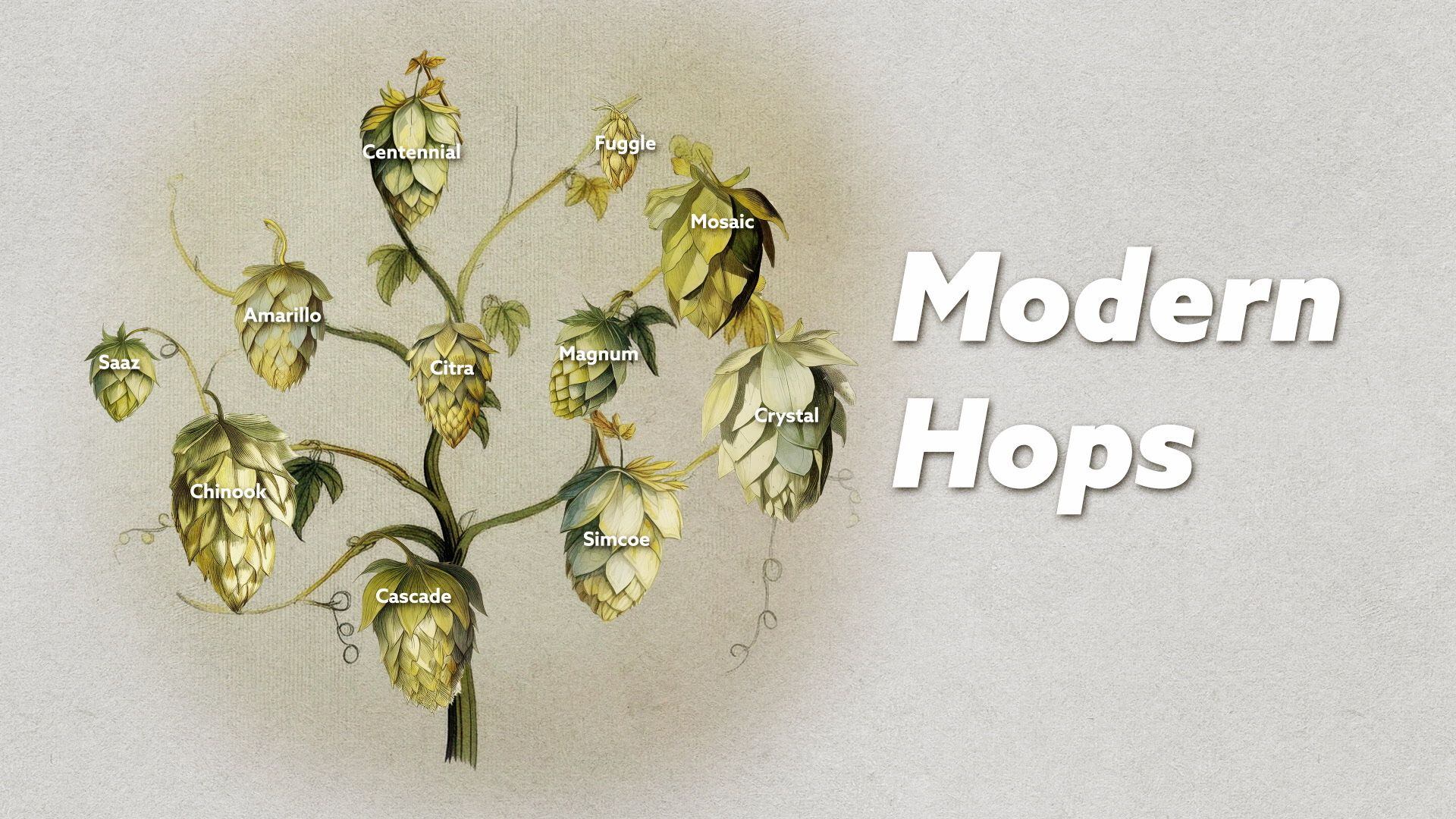
That relationship goes both ways. Goschie, the grower, is excited to work with the people who use her hops. “Having brewers come out to the fields and walk the fields before harvest and be able to just kind of in a way get their juices flowing as to what’s happening. That’s just remarkable for a farmer. It’s something that is not traditional, and it happens in very, very few situations.”
Just as brewers like Breakside are finding new ways to release the complex flavors of hops, like freezing them in liquid nitrogen, hop breeders are changing the flavors they are looking for in their varieties. As IPAs have become more prevalent in the last decade, brewers are excited for new hop varieties that offer them more flavors for their beer. Henning, the hop breeder, has been busy for the USDA responding to these needs. “By working closely with the brewers, I’ve been able to come up with some lines that are super craft brewer-focused. One in particular has these chemicals that give the phenomenal flavors that we’re all used to: your citrus, your passion fruit, tropical flavors. It has four times the level of these chemical compounds as any of the other varieties that are out in the market.”
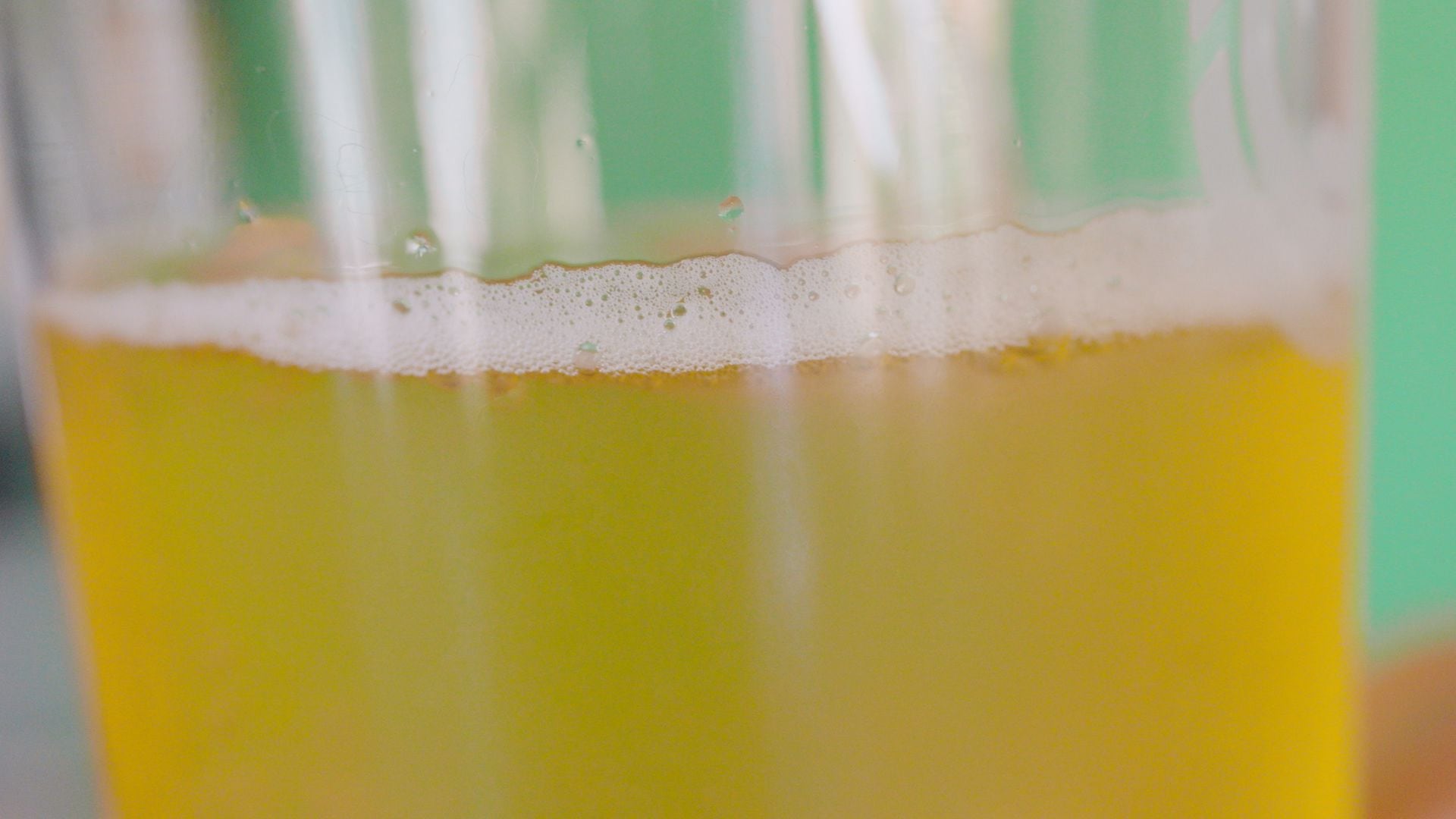
IPAs aren’t unique to Oregon anymore — in fact, they’re far and away the most popular craft style. But they’ve been here longer than anywhere else, and that has shaped the way locals think about beer. “I’ve been here about six years now, and it’s still really mind-blowing to me how unique this beer culture is to anywhere else that I’ve been,” Sandoval said. “The general public is really into craft beer here. And that hasn’t been a fad. It just sticks.”
Many Oregonians have seen the 18-foot-trellises laden with emerald cones ripening in the sun their whole lives. They’ve been drinking beer made with those hops just as long. It’s no wonder they’ve pushed breweries to make ales with ever more of their green goodness. Oregon didn’t entirely invent IPAs, but it’s hard to imagine IPAs without Oregon.
Jeff Alworth is a freelance writer based in Portland. Alworth writes about beer and cider and also co-hosts the Beervana Podcast. Learn more about his works at beervanablog.com.
News Source : https://www.opb.org/article/2024/04/19/superabundant-hops-how-oregon-revolutionalized-ipa-beer/
Other Related News
05/02/2024
The Democratic primary pits former House Speaker Dan Rayfield against Shaina Maxey Pomeran...
05/02/2024
Officially there is only one documented case of bird flu spilling over from cows into huma...
05/02/2024
Portland State University will close for a third straight day amid a police operation to r...
05/02/2024
Earlier in the season The OregonianOregonLive made a list of the top softball catchers in ...
05/02/2024







